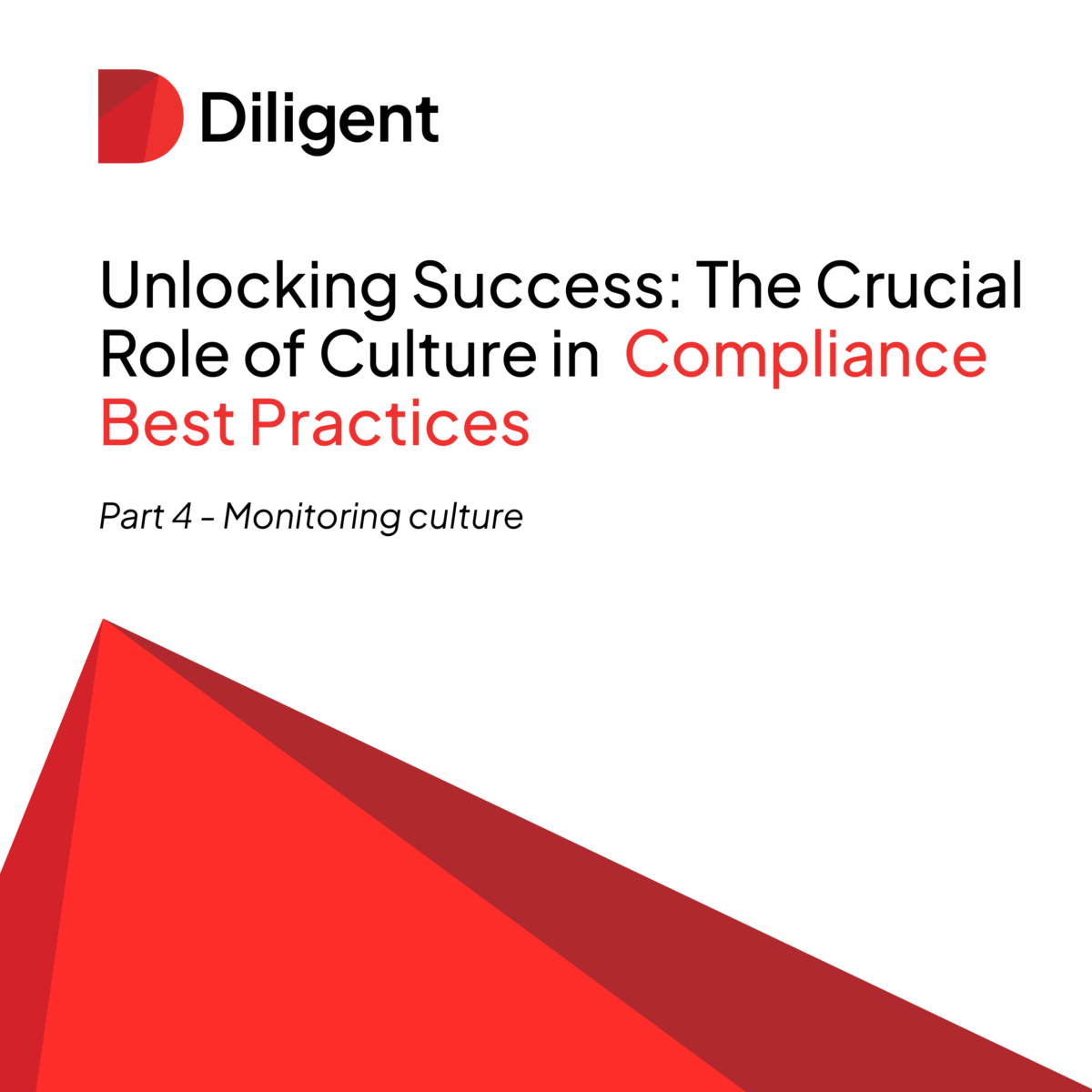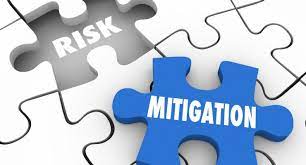Welcome to a special five-part blog series on building a stronger culture of compliance, sponsored by Diligent. In this series I will visit with Yvette Hollingsworth-Clark, Viktor Cuijak, Jessica Czeczuga; Michael Parker; and Alexander Cotoia. In this series, we will consider what is culture, how to assess culture, putting together a strategy to manage culture based upon this assessment, the monitoring of that strategy going forward and using information from your monitoring to engage in continuous improvement of your culture.
Many compliance professionals struggle with the ‘softness’ of culture. However, properly viewed culture can be seen as another type of risk for any organization. Viewed through this lens, culture can then be assessed, managed, monitored and improved as any other business risk. This has become even more important since the announcement in October 2021 by Deputy Attorney General Lisa Monaco, that the Department of Justice would assess corporate culture as a part of corporate compliance enforcement action. In this Part 4, we consider review how to monitor your culture risk strategy for effectiveness with Michael Parker.
Michael Parker is a seasoned compliance professional with extensive experience in cultivating and sustaining a compliance culture within businesses. He asserts that there is no universal approach to establishing a compliance culture, emphasizing the necessity of providing options and guidance to employees, rather than merely imposing rules. Parker underscores the importance of continuous engagement and communication in managing compliance culture risks, and the crucial role of leadership in setting the tone for compliance and fostering an ethical culture throughout the organization. He also acknowledges the significance of incentives in promoting compliance, but stresses that the approach to incentivizing employees should be customized to individual circumstances and should include a clear understanding of the consequences of non-compliance.
Leadership plays a pivotal role in fostering a culture of compliance. Executives must lead by example and embody the organization’s mission and values. As Michael Parker emphasizes, it is not just about telling employees what to do but guiding them towards making the right decisions. Providing options and knowledge is essential, as people may unknowingly make decisions that go against policies or regulations due to a lack of information.
To ensure ongoing engagement, businesses should view compliance as an ongoing process rather than a one-time activity. This approach involves continuous listening and asking for feedback from employees. It is important to provide guidance rather than just guidelines, helping individuals understand the purpose behind compliance policies. By championing the organization’s values and mission, leadership can create a trickle-down effect, encouraging employees to align their actions with the desired culture.
Incentives also play a significant role in promoting compliance. Just as third parties have an incentive to complete certifications and engage in compliance efforts to do business with a company, employees have a vested interest in working for an organization that upholds ethical standards. By aligning incentives with compliance initiatives, businesses can motivate employees to actively participate in maintaining a compliance culture.
Technology can be a valuable tool in monitoring and educating employees about compliance. Micro-learning courses, compliance training videos, quizzes, and surveys can be used to deliver targeted and concise information. Short videos with quizzes can help raise awareness and educate employees on compliance topics. Surveys, when kept short and incentivized, can provide valuable insights into the effectiveness of compliance efforts and help measure the culture of compliance within the organization.
Tracking and storing compliance-related information is essential for transparency and visibility. Utilizing applications with dashboards can help businesses monitor engagement, track completion rates of training videos, and collect survey responses. This data can provide compliance officers with valuable information for ongoing monitoring and identifying areas that require additional training or education.
I believe the key is in viewing culture as a risk and applying risk management principles to assess and monitor compliance efforts. By treating culture as a risk, businesses can assess their compliance risk, identify gaps, and remediate as necessary. This approach allows for a systematic and proactive approach to managing compliance culture.
However, creating and maintaining a compliance culture is not without its challenges. Compliance fatigue can occur if communication and education efforts become overwhelming or burdensome. To combat this, shorter and more interactive methods, such as micro-learning and office hours, can be implemented. These shorter bursts of information align with today’s culture of brief and engaging content, making compliance education more accessible and less burdensome.
In conclusion, creating and maintaining a compliance culture in businesses requires a multifaceted approach. Leadership must champion the organization’s values and mission, while incentives and technology can motivate and educate employees. Viewing culture as a risk and applying risk management principles can help businesses assess and monitor their compliance efforts. By considering the impact on employees and adapting communication and education methods to align with today’s culture, businesses can foster a strong compliance culture that promotes ethical behavior and regulatory adherence.
Join us tomorrow where we explore the continuous improvement of corporate culture.
Tune into Michael Parker on the Diligent podcast series Unlocking Success: The Crucial Role of Culture in a Best Practices Compliance Program.








